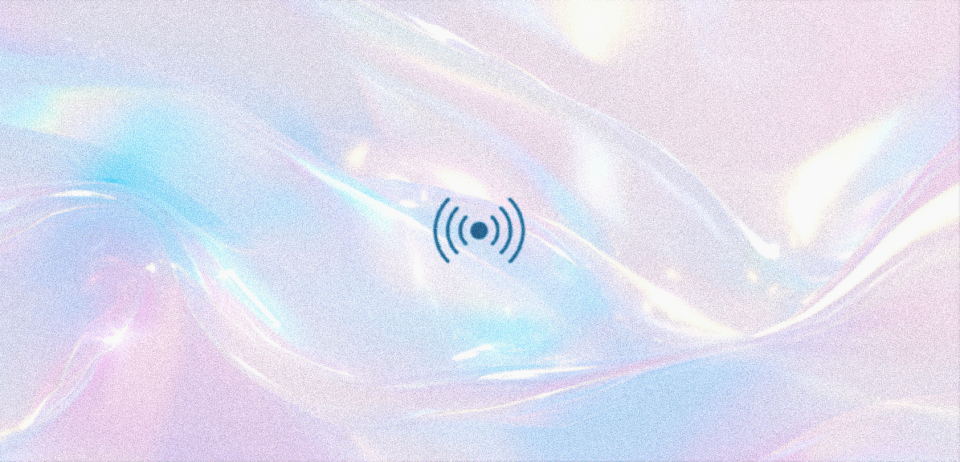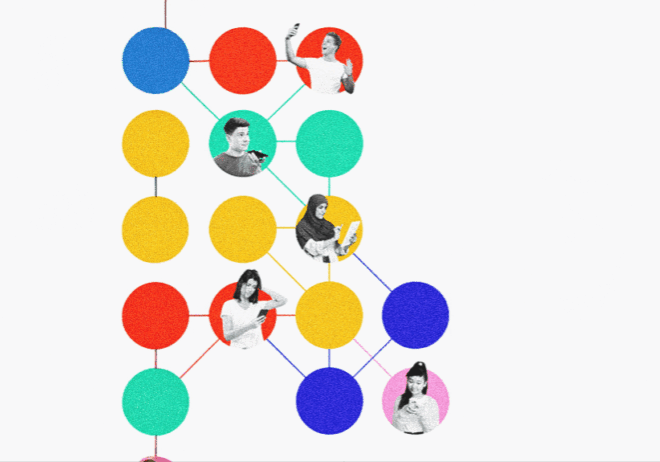
Customer Loyalty Demystified: 4 Bonds That Actually Work
Customer loyalty isn’t a program, it’s survival. For brands, it’s the thin line between being the GOAT and being ghosted. Sure, freebies and coupon codes can win a click, but can they win a customer’s mindshare? Not for long.
Ogilvy’s recent study reminds us of a brutal truth: loyalty isn’t built on discounts or gimmicks. It’s psychological, human, emotional. And if marketers don’t get this right, even the flashiest campaigns or Cannes Lions trophies won’t save them.
So how do you actually earn loyalty? Ogilvy points to four powerful bonds: emotional, social, structural, and financial. Master them, and you don’t just keep customers, you make them fight for you. Let’s break them down.
Customer loyalty is not a program; it is a state of mind
Brands treat consumers as a herd, but marketers must understand that the herd does have a mind of its own. Not a hivemind. Consumers can think for themselves, fend for themselves, and choose for themselves.
A coupon card with 50 store points can work once or twice, but not all the time. There are two reasons for this: one, the financial burden on the finance department; and two, it’s not a sustainable choice and could be dropped any second from the consumer’s side.
That’s why, as a marketing data analyst or director of marketing strategy, you must take customer loyalty as seriously as possible. It is a mind game. You cannot rely on ads, billboards, or even Cannes Lions awards if customers are avoiding you online or offline.
So, how does customer loyalty work?
Loyalty is not computer science. It is psychological and human, and it defines emotions. One can build loyalty only if one understands the value of connection. Ogilvy’s study highlighted four essential bonds that form the foundation of customer loyalty.
The four essential bonds of customer loyalty
Emotional bond
The emotional bond is the easiest to understand but the toughest to create. Emotions are hard to recognize. You must seek shared values and identity to resonate with customers emotionally.

Fenty Beauty by Rihanna may be high in price, but young customers and millennials love it. Why? Because Rihanna’s beauty company knows what connects with these people and how to create an identity—or in formal terms, a brand persona—that emotes humaneness.
Social bond
Brands are social entities. A closed, alienated brand cannot sustain in the market. That’s why social bonds become the most common point between communities and brands.

Look at Coca-Cola. It is one of the most globally famous beverages. Its campaign Share A Coke made the name extra popular among the Y2K generation. The reason is simple: sharing a bottle of Coke creates bonds among peers as well as between consumers and the product.
Structural bond
The structural bond is based on strategies. Straightforward nature and simple branding. No more fluff-talk and no app-hopping for getting services right. A brand delivers what it promises, and that’s the most attractive point for many consumers.

Uber is the perfect example. What does it do? Send a car with a driver. You want to go home—book Uber. You’re drunk—call Uber. Nothing more than sending a taxi without forcing consumers through a rigorous process.
Financial bond
Yes, one of the most common bonds. Financial bonds are the easiest to forge. Brands offer incentives and tangible rewards to consumers, and BAM—everyone is happy.

All credit card companies, airlines, and financial service providers build their customer experience around how many cards they can issue. This is simple yet not very sustainable.
Now, we’ve seen how these bonds impact the psyche of consumers. But confusion arises, and you’ll receive every possible answer.
Do loyalty bonds only work separately?
No. They can all be present in one brand, or you can focus on forging them individually with continuous development and innovation.
Nike has developed loyalty bonds over social, emotional, financial, and structural connections. Not just Nike, but Wendy’s is known for its unhinged takes. It’s famous for its affordable burgers and unique online brawls.
Can brands focus on emotions while developing financial bonds?
Yes. Brands can work multilaterally with their target audience. Mastercard is winning on both fronts by amplifying financial bonds as well as working on emotions. In finance, credibility matters. AI’s role in detecting and stopping fraud in milliseconds isn’t just back-office tech—it’s a marketing message.
The iconic Priceless campaign of Mastercard has evolved.
Early ads contrasted the price of buying hot dogs with the value of enjoying a ballgame. Now, AI curates “priceless” moments in real time.
Ogilvy’s study on Consumer Loyalty Dimensions sets the tone for marketers
Ogilvy emphasizes the significance of customer loyalty by calling it non-transactional. And we know why. Repeated purchases do not claim loyalty. It could be anything—from non-existent brands in the market to the sheer laziness of customers to choose.
The study also concurs that monetary rewards and incentivization are not sustainable practices for too long. One must weigh the side effects and ROI after implementing such policies.
“Happy customer is a loyal customer” is also a myth. You never know if your ad on a certain streaming platform presents imagery that doesn’t sit well with a set of consumers. The next day, you may find yourself on X’s trending topics.
The recent Cracker Barrel logo redesign controversy is proof. Consumers can leave brutal reviews over a logo tweak—and it’s real.
So, before you start interpreting marketing stats from a PPT, think about what your brand does. Ponder the bonds.
Cut to the chase
Customer loyalty is not a textbook curriculum, and one can only understand the topic if they sift the data and vibe correctly. So, as a marketer, you must go through your brand persona as well as your ICP or buyer persona. Forging loyalty takes the human side of marketing.

